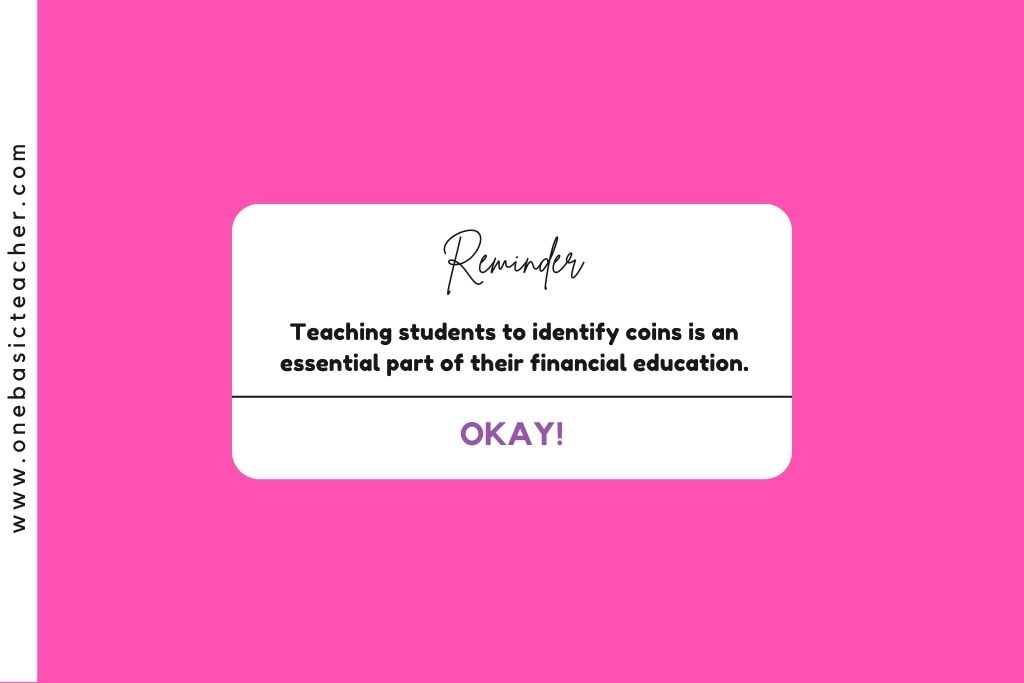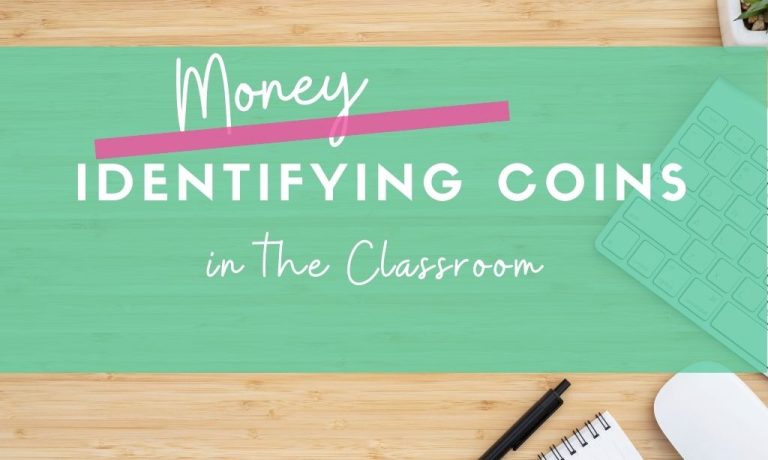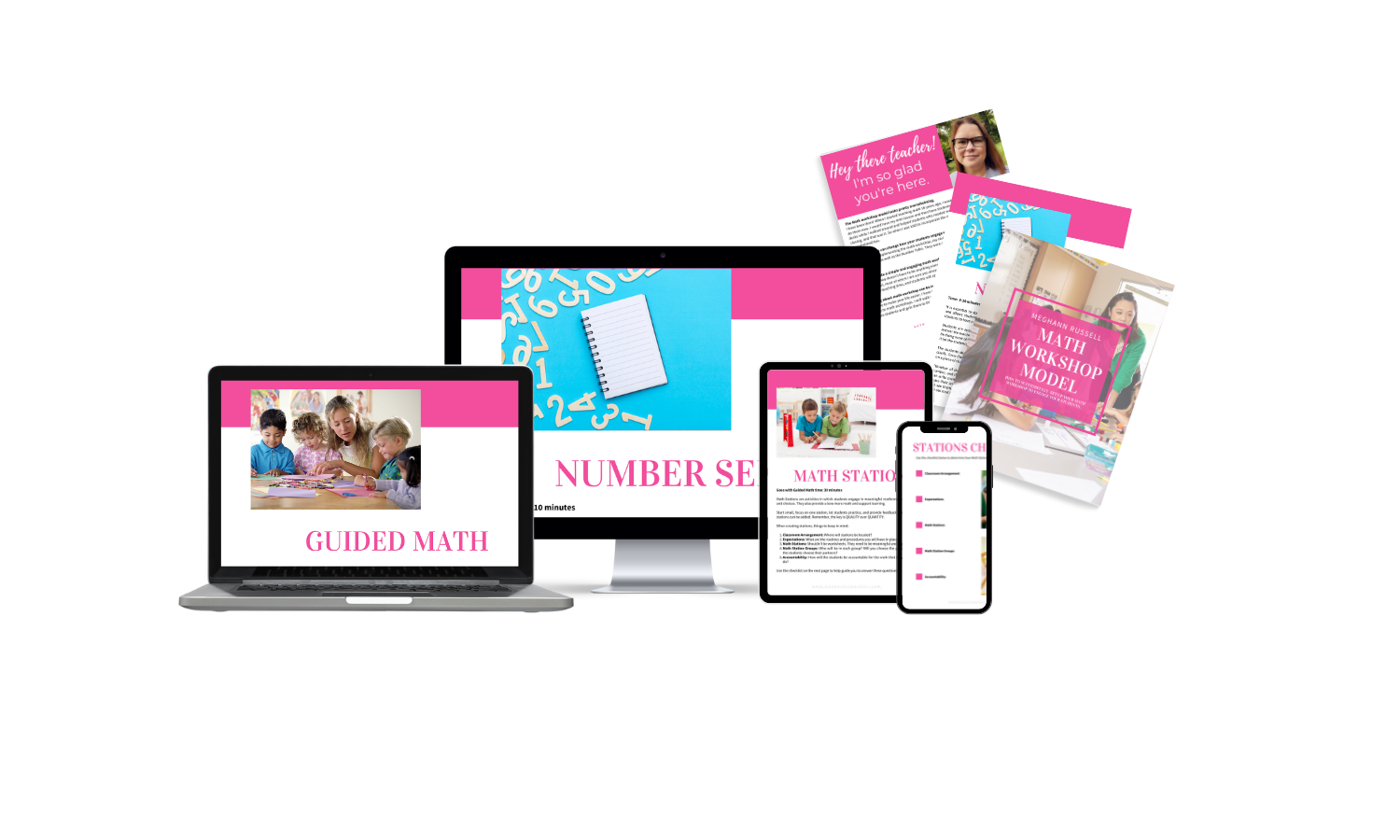Teaching students to identify coins is an essential part of their financial education. Coins are the most common form of currency used for small purchases, and being able to recognize them is a crucial skill for managing money. In this blog post, we will discuss some tips and strategies for teaching students to identify coins.

- Introduce the coins
The first step in teaching students to identify coins is to introduce them to the different types of coins. In the United States, there are four main types of coins: pennies, nickels, dimes, and quarters. Show students examples of each coin and point out the differences between them. For example, a penny is brown and has Abraham Lincoln on it, while a nickel is silver and has Thomas Jefferson on it.

- Use visual aids
Visual aids can be incredibly helpful in teaching students to identify coins. Use posters, flashcards, or even real coins to help students visualize and remember the different types of coins. You can also use images of coins in worksheets or quizzes to test their knowledge.
- Practice counting
Counting is an essential skill when it comes to identifying coins. Practice counting with students using real or fake coins. You can ask them to count out different combinations of coins, such as three pennies and a nickel or two dimes and a quarter. This will help them develop their counting skills and become more comfortable with the different types of coins.
- Play games
Games can be an effective way to make learning fun and engaging. Create a coin identification game by hiding coins around the room and asking students to find them and identify them. You can also create a matching game by printing out images of different coins and asking students to match them to the correct name or value.

- Provide real-life examples
Finally, provide real-life examples of when and how coins are used. Take students to a store and show them how to use coins to make purchases. You can also use examples of coin usage in daily life, such as paying for a vending machine snack or parking meter.
In conclusion, teaching students to identify coins is an important part of their financial education. By introducing the different types of coins, using visual aids, practicing counting, playing games, and providing real-life examples, students can develop the skills they need to manage money effectively.




